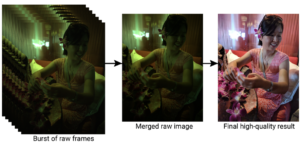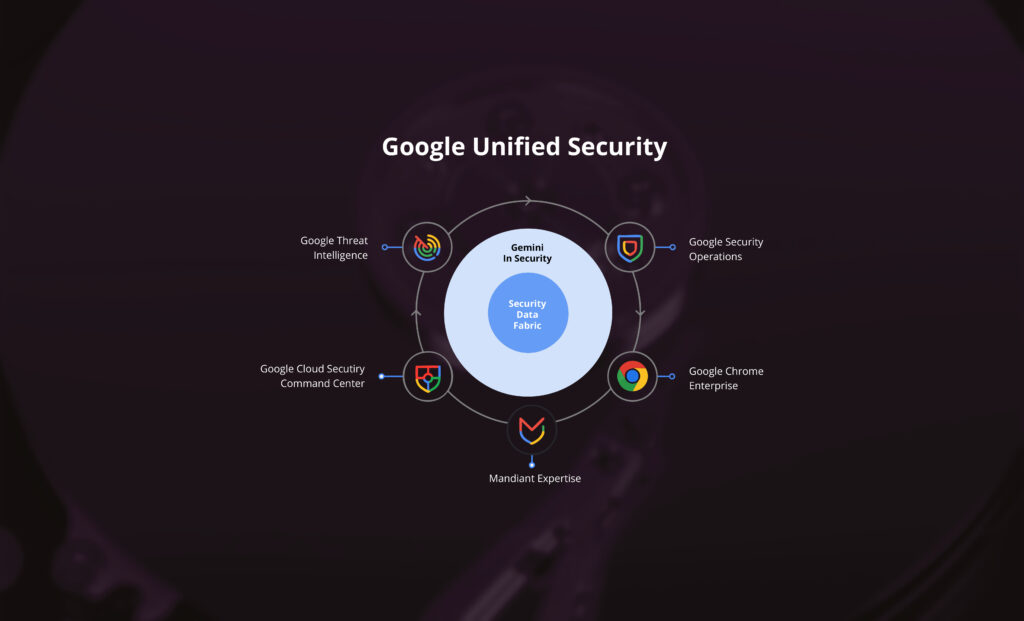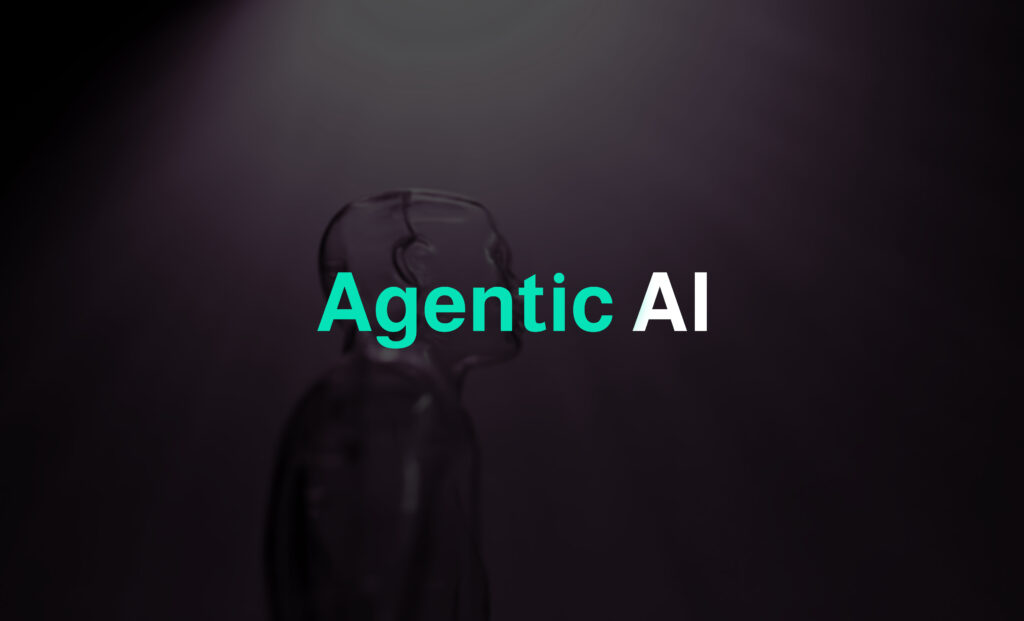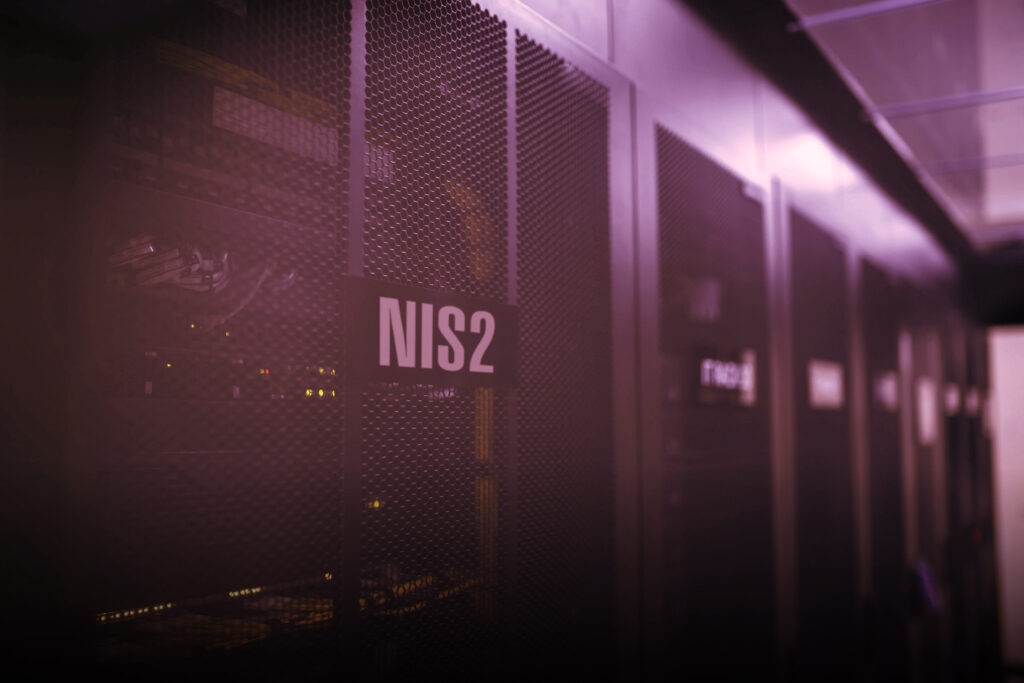Welcome back to our retrospective for Google in 2021. In the previous part, we looked at the impressive growth of the Google Cloud Platform. We discussed Europe, the open cloud, and the importance of data. We examined how Google is scaling up its application modernisation and automation efforts, and is investing in a safer, more secure workplace.
In this second part, we will focus on Google’s 2021 efforts in another hot topic: machine learning (ML). Joining us once more is our resident Google enthusiast Bart Gouweloose.
AI and ML: the common Google denominator
If there’s one area where Google has been putting a lot of effort into, it’s machine learning — and with good reason. According to Sundar Pichai, CEO of Alphabet, artificial intelligence (AI) will in time have more impact on our society than fire, electricity or the internet. In accordance with his vision, AI and ML have become prominent features in nearly all of Alphabet’s products and service offerings.
Some examples include spam filters in Gmail, continuous improvements for Google Translate, calculating an arrival time in Maps, improving search results, suggesting formulas in Sheets, and reducing background noise in Meets. This is only the tip of the iceberg, and the prominence of AI and ML shows no sign of slowing down anytime soon.
Jeff Dean, head of Google AI, has recently released a review on Google’s AI blog entitled Google Research: Themes from 2021 and Beyond. He notes five important trends in their progress in the past year, which will inform their decisions for the coming years. While extremely interesting, it is a lengthy read. In what follows, we will summarise the key points, but we highly recommended checking out the original article as well.
More capable, general-purpose models
The primary example used here is language models. They are getting increasingly more powerful, enabling new possibilities. The article mentions a conversation held with LaMDA, Google’s conversation technology. Using a preset grounding prompt, LaMDA mimics a Weddell seal and responds to a variety of questions.
Another area of progress is using the so-called Transformer model to upscale image resolution, or convert images to text. Multimodal models are also seeing increased use. For example, some engines now use the combination of text and images to acquire knowledge about a certain subject. The blog mentions an instance where a robot is taught how to perform certain operations through both text and a short video.
Continued efficiency improvements
One advantage of using multimodal machine learning models is energy efficiency. Thanks to the variety of the examples, models now require a lot less input to achieve similar or superior results. This focus on improving efficiency is noticeable across the board.
On the one hand, processors are getting more efficient. Just think of the fourth iteration of Google’s Cloud Tensor Processing Unit (TPU) or the Tensor SoC integration in the newest Pixel smartphones. On the other hand, neural architecture search (NAS) is used to make the models themselves more efficient. These exercises require a lot of initial effort, but provide significant savings when running the models afterward.
Becoming more personally and communally beneficial
The aforementioned Pixel 6 smartphone is a prime example of how you can integrate machine learning applications as part of your daily life. In the example below, the Pixel uses HDR+ to enhance pictures taken in low light. It merges several underexposed raw images into one with reduced noise and increased dynamic range, which is then converted into a high-quality ultimate result. Other smartphone applications include direct translations and captions.
Growing impact on science, health and sustainability
Probably the most important trend if you ask us: machine learning is accelerating research. Google’s AlphaFold technology, which has saved biology researchers decades of processing time, was made open source last year. There are numerous applications: developing new materials, better understanding climate change, studying the human brain, and detecting diseases even earlier. Pichai’s prediction of AI’s impact on society certainly rings true here.
Jeff Dean’s review is filled with impressive examples, but we would like to point out one of these applications for the healthcare industry. Machine learning is used to detect abnormalities during various cancer screenings and X-rays. In one case, machine learning could detect instances of COVID-19 and tuberculosis in chest X-rays with a high degree of precision.
A deeper and broader understanding of biases
In the past, machine learning was a mystery of sorts. We put in data and got results, but how exactly the computer got to that result wasn’t always clear. Since these systems require vast amounts of data to function, which is often publicly available, this raises some ethical concerns. Public data isn’t always neutral or even correct, so models will inevitably inherit the data’s biases.
While this might not matter as much for scientific research, it has the potential to be problematic in projects of societal or political importance. That is why Google is increasingly focusing on responsible AI, its approach to remove biases from artificial intelligence and machine learning based on their AI principles.
Bonus: our 2021 machine learning highlights
To wrap things up, we’d like to go over some of our personal highlights for machine learning in 2021. Vertex AI is Google Cloud’s new unified machine learning platform, which makes deploying machine learning faster and more efficient. As we mention in our whitepaper for the manufacturing industry, Google’s new Visual Inspection AI helps detect manufacturing errors without requiring models to train intensively. Finally, the vertical industry’s Document AI has been updated with two new versions. Procurement DocAI lets companies automate procurement data capture to process orders, and Contract DocAI evaluates contracts to speed up contract life cycle management.
Looking ahead
It’s probably clear by now that Sundar Pichai’s quote is not that far-fetched. Artificial intelligence and machine learning have the potential to change society drastically in many aspects. We would like to reiterate that we only made a tiny selection of all the projects that Jeff Dean mentioned, so be sure to read the rest of his review if this summary piqued your interest.
We also highly suggest subscribing to our monthly newsletter, where we curate a digestible overview of all things Google. Be sure to stay tuned for some more interesting retrospectives and predictions!







